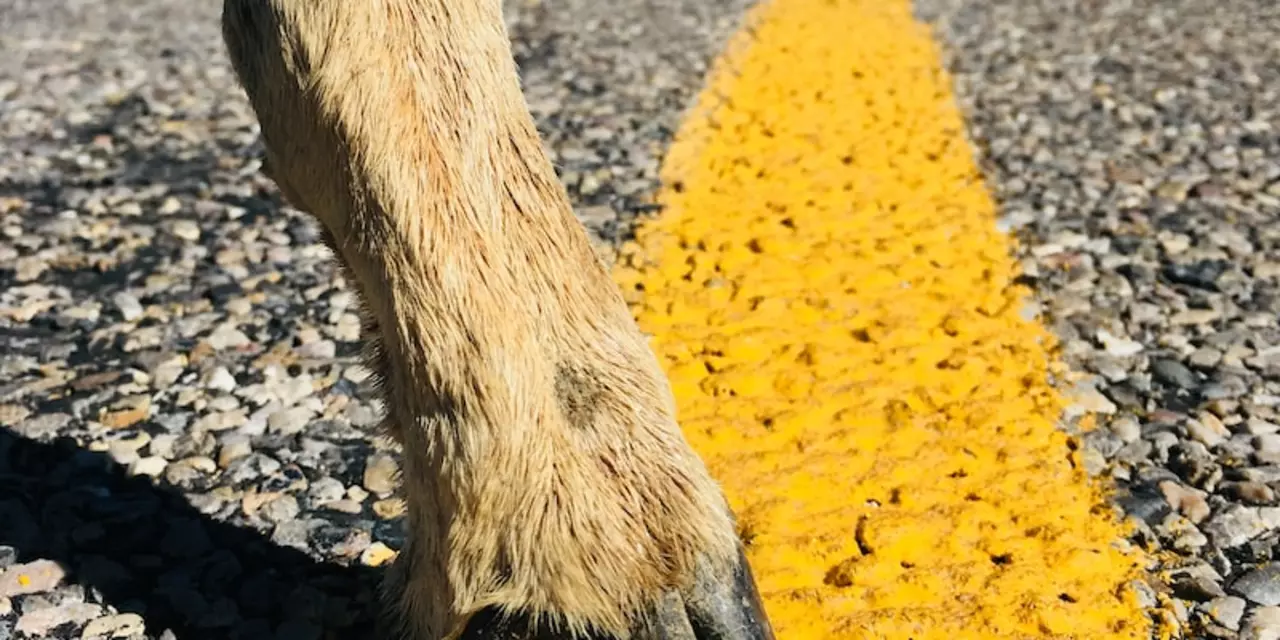Wildlife Conservation Act: What It Is and Why It Matters
If you’ve ever wondered how India keeps its tigers, elephants, and countless other creatures safe, the answer lies in the Wildlife Conservation Act. Enacted to curb poaching, habitat loss, and illegal trade, the law gives the government tools to protect wildlife and their homes.
At its core, the Act defines “wildlife” as all animal and plant species that live in natural habitats. It also sets up a legal framework for declaring protected areas, regulating hunting, and penalizing offenders. In short, it’s the backbone of India’s conservation effort.
Main Provisions You Should Know
1. Protected Species List – The Act maintains a schedule of animals and plants that receive the highest level of protection. Species like the Bengal tiger, Indian rhinoceros, and several endemic birds are on this list. If a species is on the schedule, killing, trading, or disturbing it is a serious crime.
2. Designation of Protected Areas – National parks, wildlife sanctuaries, and biosphere reserves are created under the Act. These zones limit human activities such as construction or logging, preserving critical habitats for vulnerable species.
3. Permits and Licenses – Researchers, educators, or tourists who need to work with wildlife must obtain clearances. The permit system ensures that any interaction is monitored and does not harm the animals.
4. Penalties – Violations can lead to hefty fines, imprisonment, or both. The law has become stricter over the years, with penalties reaching up to several lakh rupees for poaching a protected animal.
How the Act Works on the Ground
State forest departments and the National Board for Wildlife manage enforcement. They conduct patrols, set up anti‑poaching camps, and use technology like camera traps and drones. Community participation is also encouraged; many villages now run “eco‑guard” programs that report illegal activities.
Recent amendments have added a focus on habitat restoration. Projects to replant native trees, clean water sources, and connect fragmented forests are now funded under the Act’s umbrella. This holistic approach tackles the root causes of wildlife decline, not just the symptoms.
If you’re a citizen, there are simple ways to help. Report suspicious activity to the nearest forest office, support NGOs working on rescue and rehabilitation, or volunteer in local clean‑up drives. Every small action adds up to larger protection.
For students and researchers, the Act offers a clear path to obtain permissions for fieldwork. Just prepare a detailed project plan, follow the application guidelines, and wait for approval. This transparency encourages scientific study while keeping animals safe.
Businesses involved in tourism or wildlife products must comply with licensing rules. Non‑compliance can lead to revocation of permits and legal action. Smart companies now showcase their adherence to the Act as a mark of credibility.
In recent years, the Act has played a pivotal role in recovering species that were on the brink of extinction. The success stories of the Great Indian Bustard and the Western Ghats frog showcase how legal protection, combined with community effort, can turn the tide.
To sum up, the Wildlife Conservation Act is more than a set of rules—it’s a living document that adapts to new challenges and drives real change on the ground. Understanding its key points helps you become a more informed citizen and a better steward of India’s natural heritage.
